VietNamNet Bridge – A lot of students did not return to home village to enjoy
the summer holiday. They stayed in big cities to work hard to earn money to
continue nurturing the dream about university education.
The student who drags a wagon
The student who drags a wagon
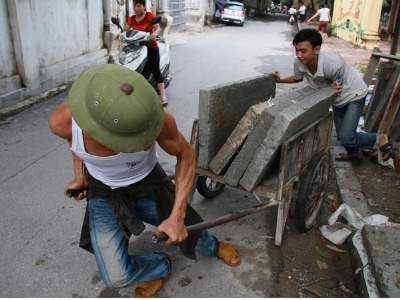
Dang Dinh Doai, a student of the power and recycled energy faculty of the Hanoi
Water Resource University, looks skinny and black, because he has to work and
study hard from the morning till the midnight every day.
The boy did not return to the home village last summer, but stayed in Hanoi to earn money to prepare for the next academic year.
In Hanoi, Doai stayed in a tent together with the construction workers from Yen Bai, which was made by the timber blanks to help them hide from frost and wind. Doai’s team comprised of 10 members, who worked for a contractor who received the orders on repairing roads and sewers.
Of the 10 members, Doai was the most undersized, weighing 42 kilos only. Therefore, Doai was assigned the easier works than other members: he had to drag a wagon or carry plaster.
A working day began at 7 am. Sometimes Doai and his team had to carry the concrete slabs from the store yard to the construction site on Ton Duc Thang Street. In order to save costs, the slabs, weighing hundreds of kilos each, were carried on wagon.
The team of workers had to join forces to push the wagon to make it start moving. After that, they walked five kilometers in the sun to the construction site and sweated profusely.
Doai said that he only stayed in the home village in Thai Binh province for some days and then left for Hanoi. He feels sorry for the parents, who still have to work hard in the rice fields in the old age. Therefore, he vows to work to earn money himself to pay for the rent room and food.
Though having to work hard on the construction site, Doai felt lucky that he could work and earn money. Especially, Doai did not have to spend money on meals, because he could have meals with other members of the same team
“My parents still can give me one million dong a month to fund my study. However, I cannot stay idle. I have to work to earn money,” Doai said.
However, Doai admitted that it is really difficult to earn money. He was paid only 500,000 dong for the last 20 days of working. Meanwhile, the job was stable, depending on the orders the contractor can get, while Doai and his team members always had to change their accommodations.
The exile parent who earns money to keep son going to school
Over the last two years, since the day the son began going to university, when the crop finishes, Nguyen Thi Lam from Thanh Hoa province traveled hundreds of kilometers to Hanoi, where she lives in a small rent room and works hard every day to get money.
As a vendor, the 47 year old woman has to ride a bicycle along the streets in Hanoi, inviting people to buy groceries. Lam weighs 40 kilos only, but she always carries a bag of goods weighing up to 10-15 kilos, or 1/3 of her weight.
“I can save one million dong a month with the job, after I pay for room rent and food,” Lam said, adding that she has to pay 11,000 dong for every night in the room, while she has to leave early in the morning.
When asked about the son, Lam declined to reveal his name and the school he goes to, because Lam feared the boy would feel ashamed if his friends discover that Lam is just a vendor, who collects every dong from the hard job.
Compiled by Kim Chi
The boy did not return to the home village last summer, but stayed in Hanoi to earn money to prepare for the next academic year.
In Hanoi, Doai stayed in a tent together with the construction workers from Yen Bai, which was made by the timber blanks to help them hide from frost and wind. Doai’s team comprised of 10 members, who worked for a contractor who received the orders on repairing roads and sewers.
Of the 10 members, Doai was the most undersized, weighing 42 kilos only. Therefore, Doai was assigned the easier works than other members: he had to drag a wagon or carry plaster.
A working day began at 7 am. Sometimes Doai and his team had to carry the concrete slabs from the store yard to the construction site on Ton Duc Thang Street. In order to save costs, the slabs, weighing hundreds of kilos each, were carried on wagon.
The team of workers had to join forces to push the wagon to make it start moving. After that, they walked five kilometers in the sun to the construction site and sweated profusely.
Doai said that he only stayed in the home village in Thai Binh province for some days and then left for Hanoi. He feels sorry for the parents, who still have to work hard in the rice fields in the old age. Therefore, he vows to work to earn money himself to pay for the rent room and food.
Though having to work hard on the construction site, Doai felt lucky that he could work and earn money. Especially, Doai did not have to spend money on meals, because he could have meals with other members of the same team
“My parents still can give me one million dong a month to fund my study. However, I cannot stay idle. I have to work to earn money,” Doai said.
However, Doai admitted that it is really difficult to earn money. He was paid only 500,000 dong for the last 20 days of working. Meanwhile, the job was stable, depending on the orders the contractor can get, while Doai and his team members always had to change their accommodations.
The exile parent who earns money to keep son going to school
Over the last two years, since the day the son began going to university, when the crop finishes, Nguyen Thi Lam from Thanh Hoa province traveled hundreds of kilometers to Hanoi, where she lives in a small rent room and works hard every day to get money.
As a vendor, the 47 year old woman has to ride a bicycle along the streets in Hanoi, inviting people to buy groceries. Lam weighs 40 kilos only, but she always carries a bag of goods weighing up to 10-15 kilos, or 1/3 of her weight.
“I can save one million dong a month with the job, after I pay for room rent and food,” Lam said, adding that she has to pay 11,000 dong for every night in the room, while she has to leave early in the morning.
When asked about the son, Lam declined to reveal his name and the school he goes to, because Lam feared the boy would feel ashamed if his friends discover that Lam is just a vendor, who collects every dong from the hard job.
Compiled by Kim Chi
| * | |
| * | |
| * | |
| Send |
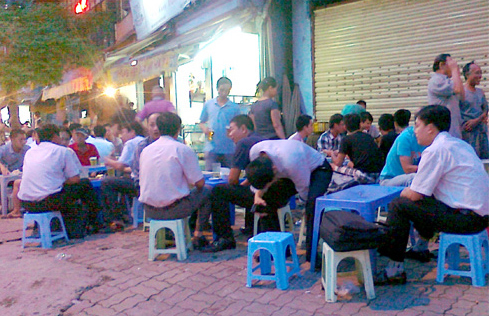





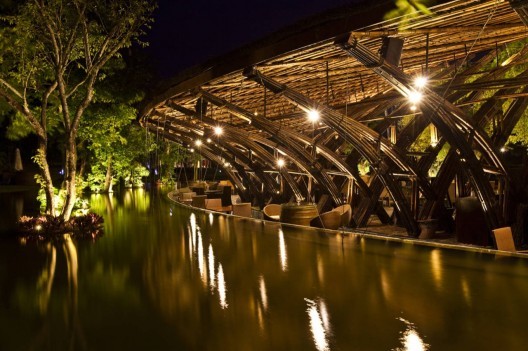








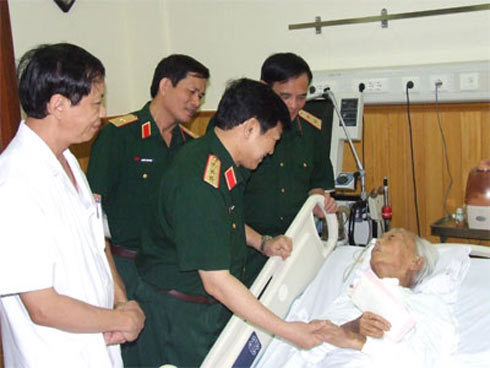

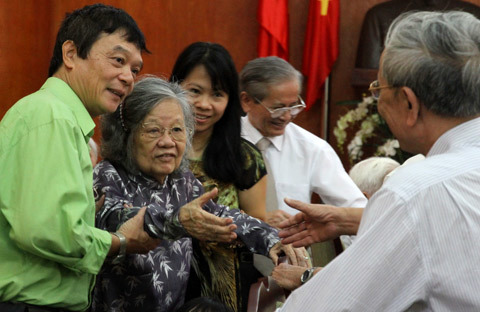











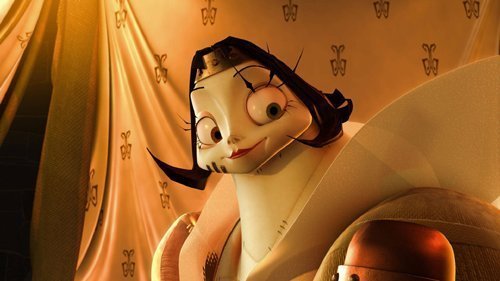







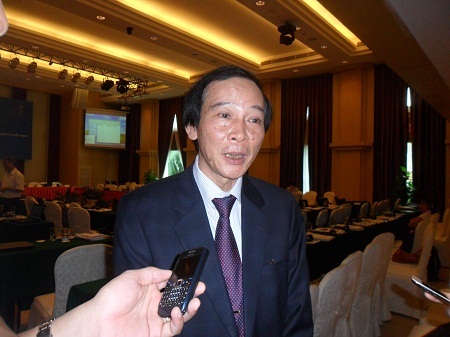
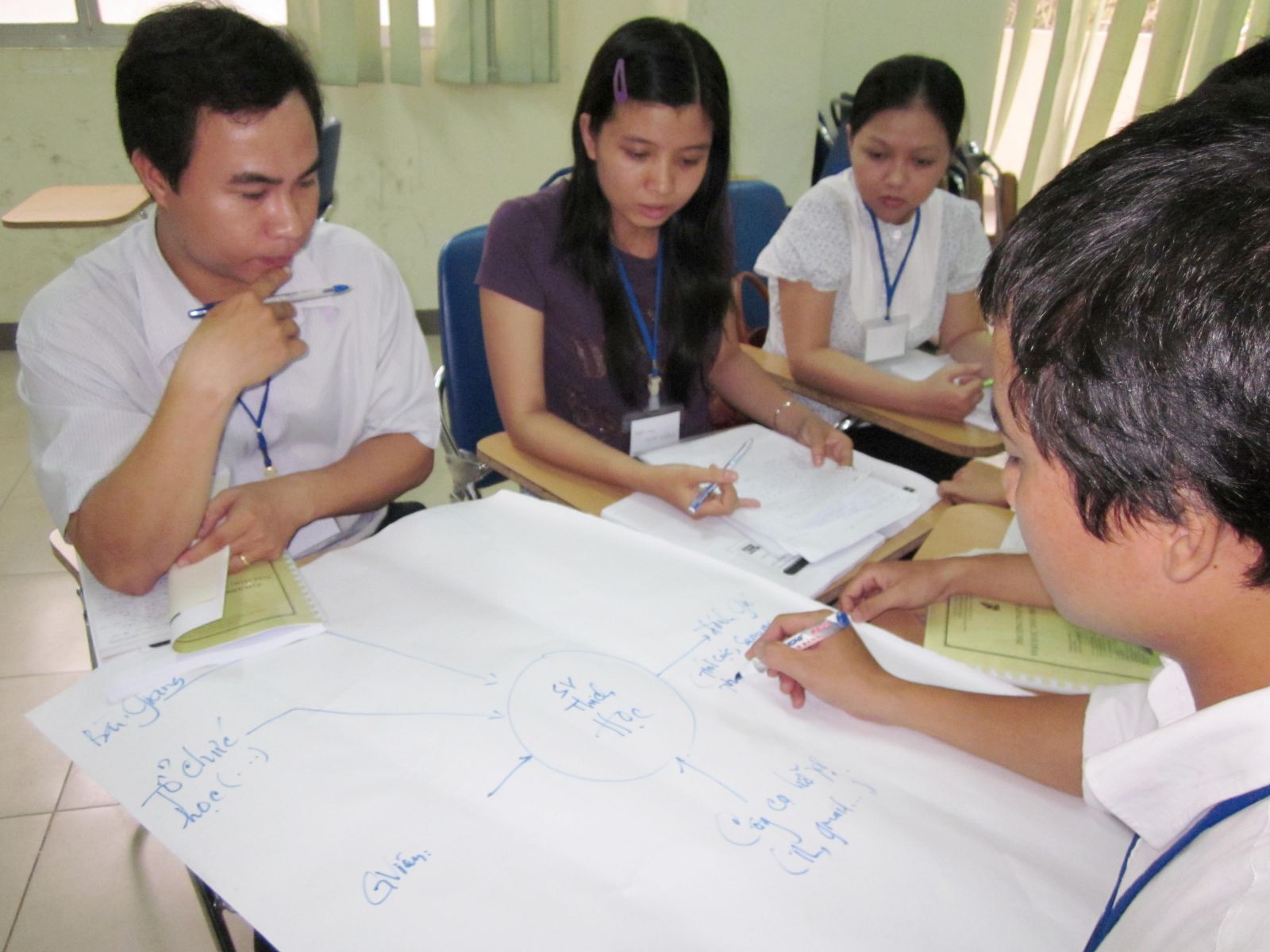 Since 2010, the conceive-design-implement-operate (CDIO) model has been used at three universities in the country: in the engineering faculty at HCM City University of Technology, the information technology faculty at HCM City Natural Sciences University and the foreign economics faculty at Hanoi University of Economics.
Since 2010, the conceive-design-implement-operate (CDIO) model has been used at three universities in the country: in the engineering faculty at HCM City University of Technology, the information technology faculty at HCM City Natural Sciences University and the foreign economics faculty at Hanoi University of Economics.